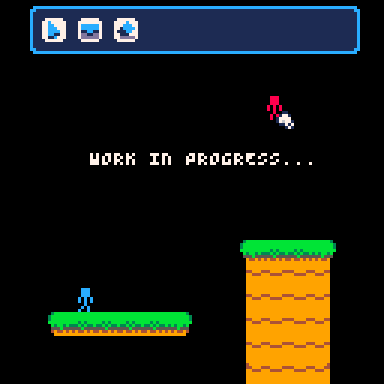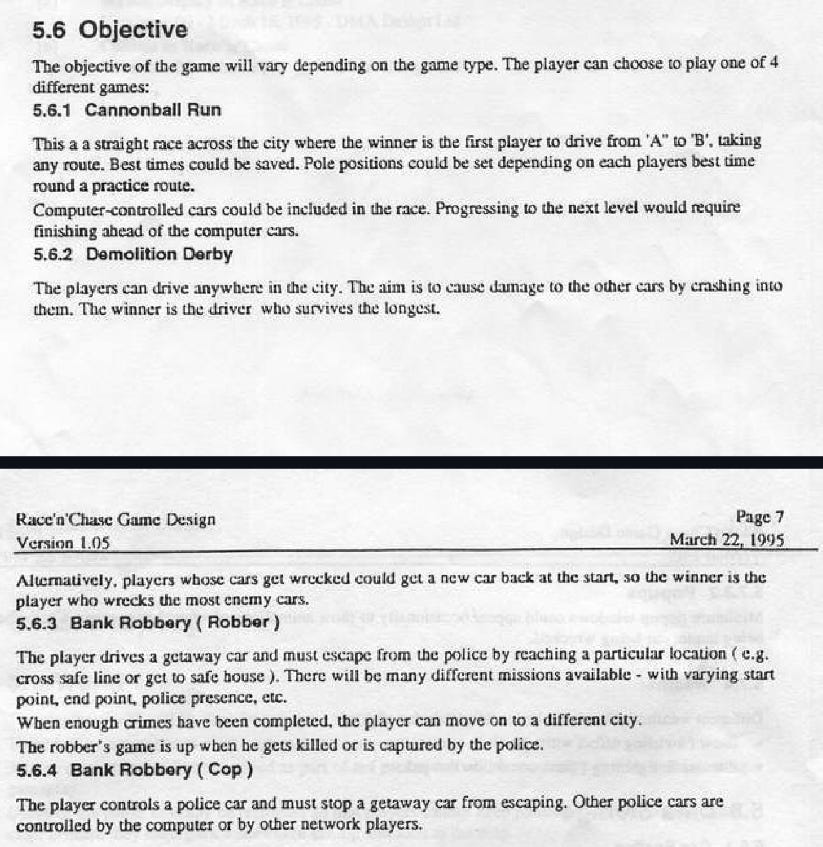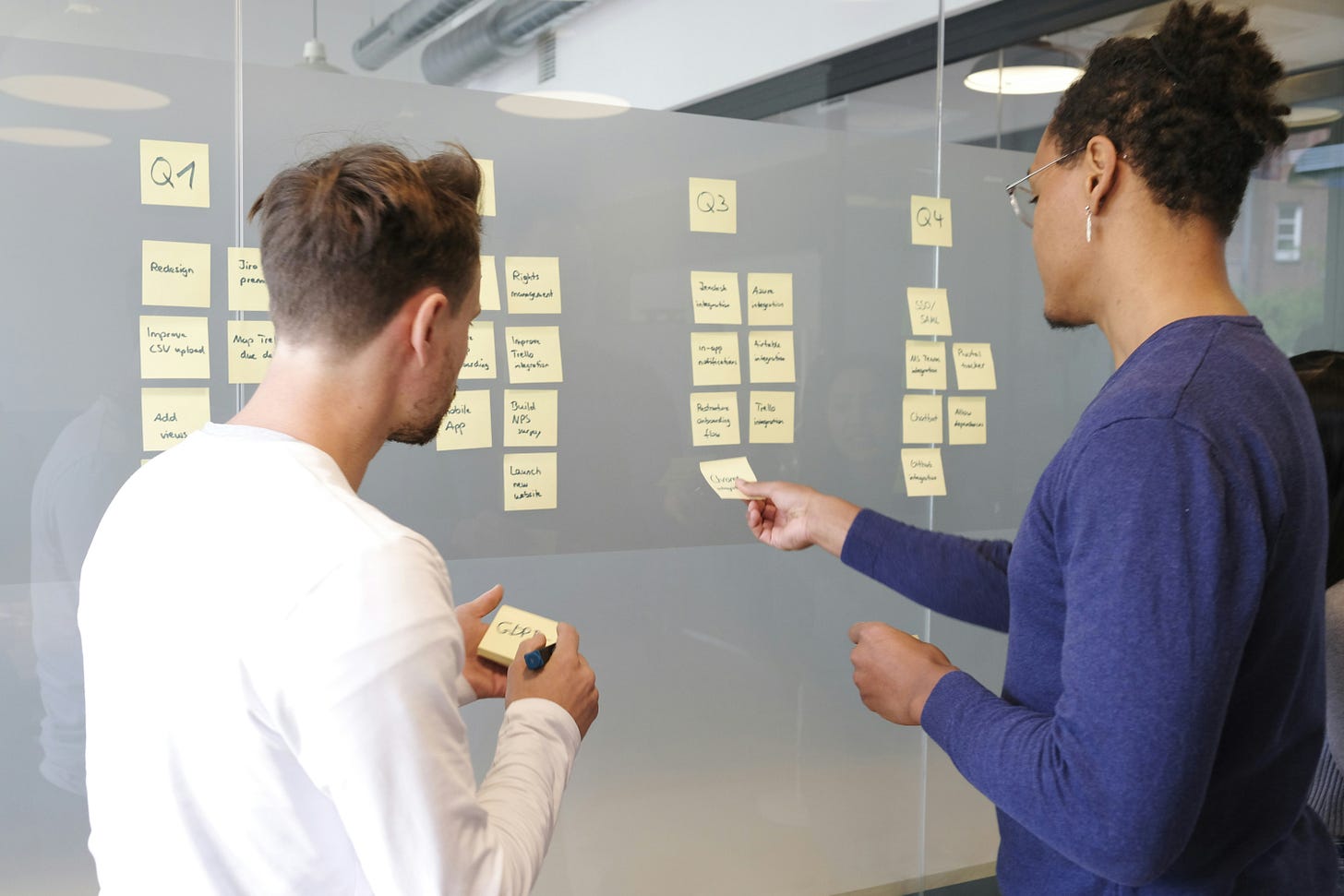Every Great Game Starts with Words, Not Code
Turning ideas into structure through documentation and pre-production, our secret handcrafted Game Dev Framework
We’ve been speaking about Game design, time management, scope definition and many aspects on previous post but we never mentioned our elephant in the room…
Documentation and Methodology — yes I know it hurts, but we need to have a talk.
Your idea sounds great but let’s apply some principles… At this post I’m going to use my management skills to help you on this journey.
Scribe Hat 🎓
The beginning of your project should be about creating solid documentation based on your ideas, also known as the pre-production stage. My perspective of raw ideas is associated with the format of a post-it. To provide a few examples:
I want to create a videogame based on a cat’s life. (Theme idea)
I want to create a videogame with Game Boy Assets (Aesthetic idea)
I want to create a videogame based on my own life experiences (Thematic Idea)
At this point the tool to take notes is not important at all, you can write them in a notebook, open Notion, Google Keep or create a fancy whiteboard on Figma, whatever media fits you.
So you have a high level idea or concept on your mind, but applying that into an actionable project may feel scary at first. Here is where I come to help you with a short template to structure your idea into the ellemental tetrad concept introduced by Jesse Schell in its amazing Book “The Art of Game Design : A book of lenses”.
Aesthetic
Mechanics
Story
Technology
From left to right, abstract, raw to concrete and actionable, that’s the way to materialize ideas
Our outcomes after this exercise will be:
“Must-Haves” vs “Nice-to-Haves” definition
Initial information for your first official document (GDD)
Initial information to define your first MVP, remember early playtesting!
Can you see the pattern? We started from a initial idea and incrementally created a list of questions for ourselves to have the information ready for the next step. Our one-page Game Design Document.🥸
You should be able now to answer the following key questions that you can find on most of the GDD Templates around internet:
Player main goal in few words - What is the motivation behind each playing session?
Which is the genre?
Aesthetics? (Pixel Art, 3D, Hand-painted…)
Describe your main gameplay core loop
Target Audience
Platforms
Fun fact: The Grand Theft Auto saga started with a game design document called Race’n’Chase Game Design — the main concept of the game was:
The aim of Race’n’chase is to produce a fun, addictive and fast multi-player car racing and crashing game which uses a novel graphics method.
Here is a extraction of the original GDD, this is the objective they had back on 1995.
That’s quite different from the scope of the first “Grand Theft Auto” — right?
They actioned the mechanics and ideas early on the pre-production to literally drift into the open-world game we know today.
You can read the whole document here
Project Management Hat 🎓
Cool, we have now the shape of our new gamedev project but actually there is a tiny detail… We’re not full-time game devs — we build between day jobs, late nights, and stolen weekends. That’s why structure matters. It’s not about control; it’s about giving our limited time a real direction.
Now that we have answer to the main questions about our Game, let’s create a plan to execute all the aspects of our game
We are going to create another small structure to drive to point A to point B and not lose our track during the process, I will call this the deliverables map, again from left to right we are closer to the current actions
Let me provide an example with data to use it whenever you need.
So with this distribution we have Roadmap Features > Objectives > Milestones to complete the Objective.
We have a motivation that drives our development, milestones will iterate through versions of our tiny project, yay!
Satisfaction on completion
Milestone == Post It 😊
Again the media you use here is only up to you and how comfortable you are with them, you can have a classic real board with post-it notes or you can work on platforms like trello by Atlassian, but the intention is clear.
As soon as you start marking cards as completed you feel the progress and the best thing, you can come back anytime that your tracking will be waiting for you to indicate in which point you left your last gamedev session.







